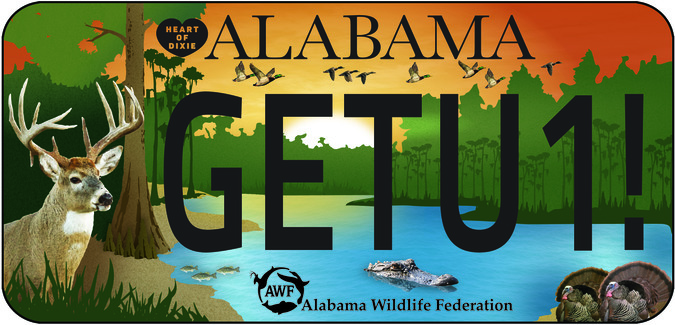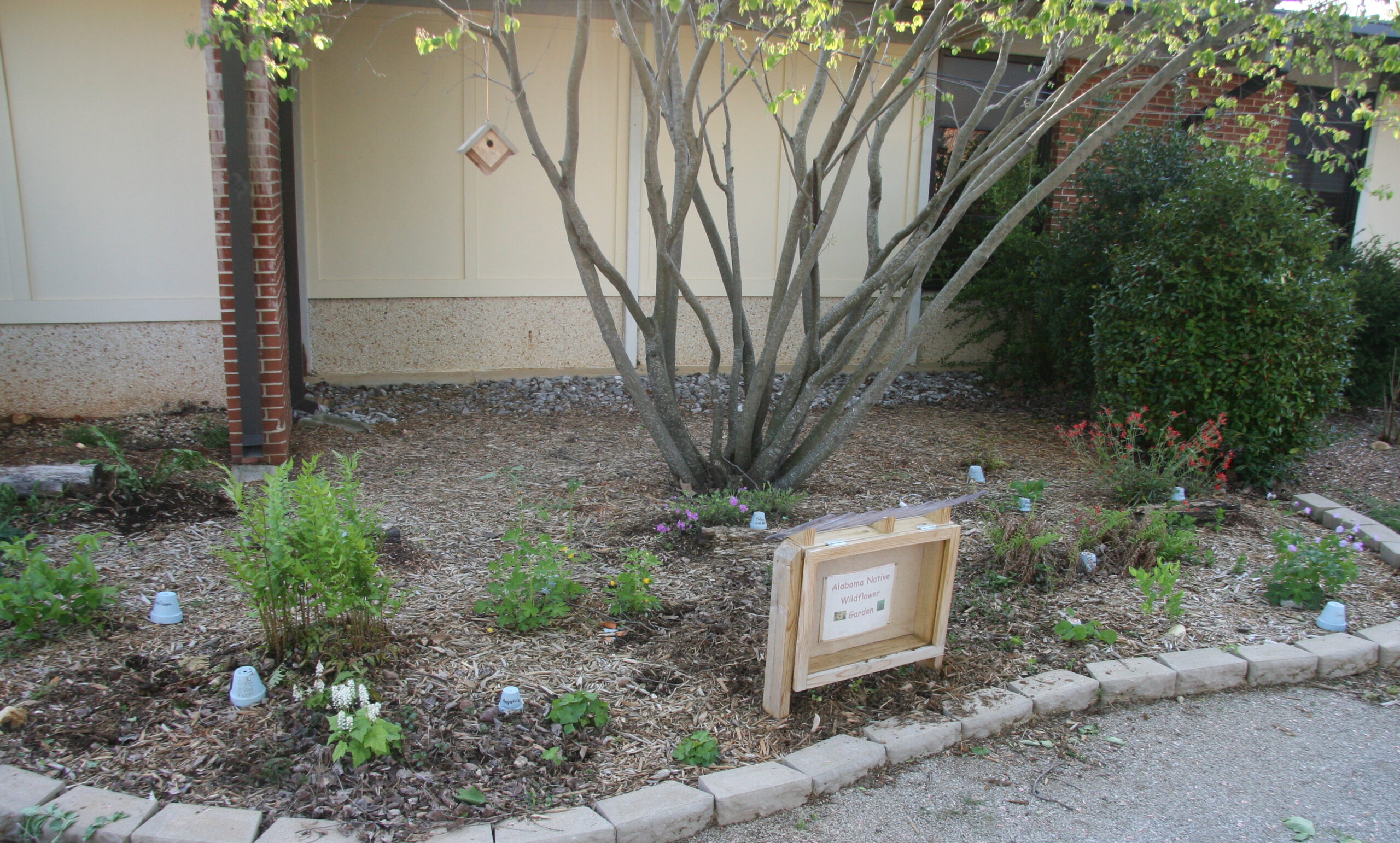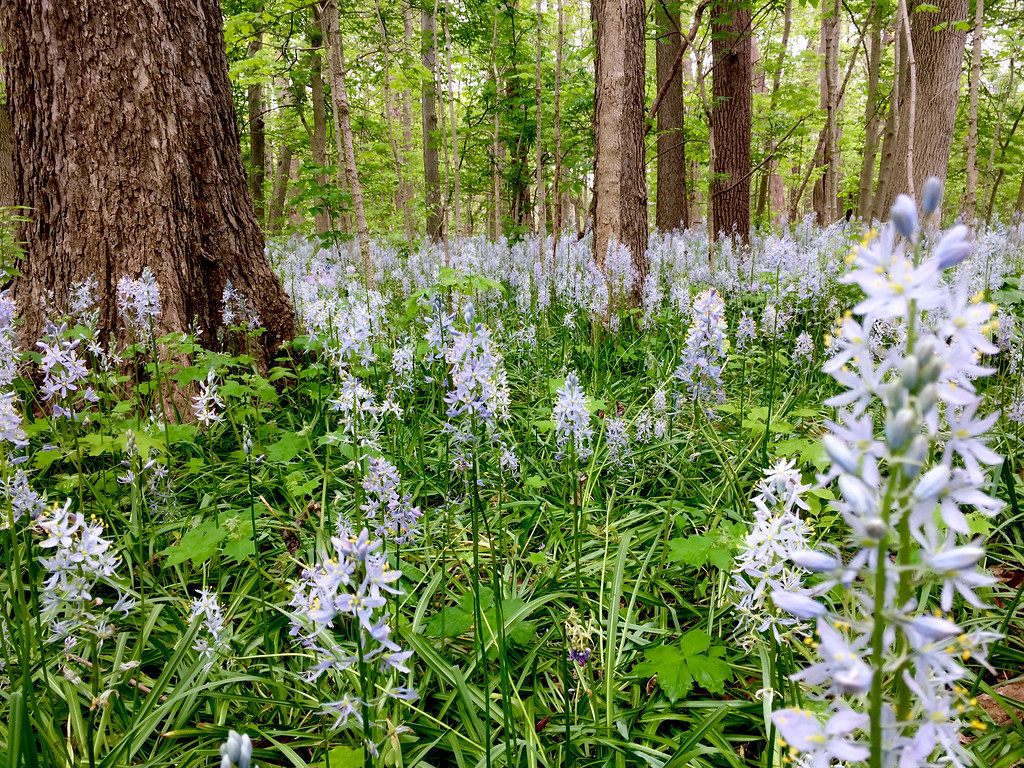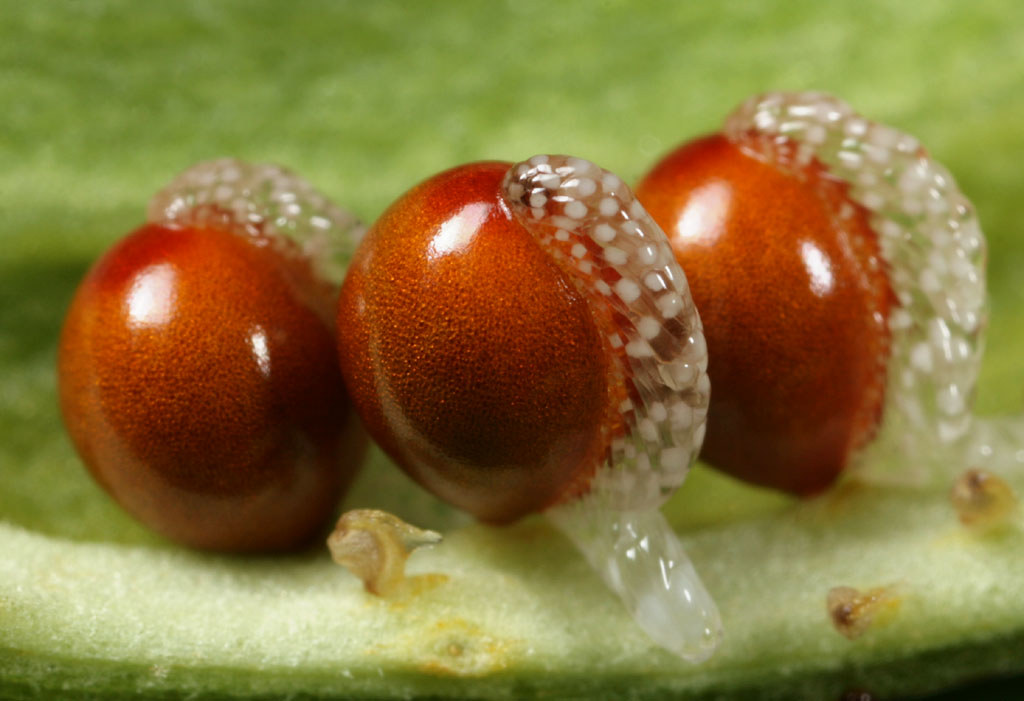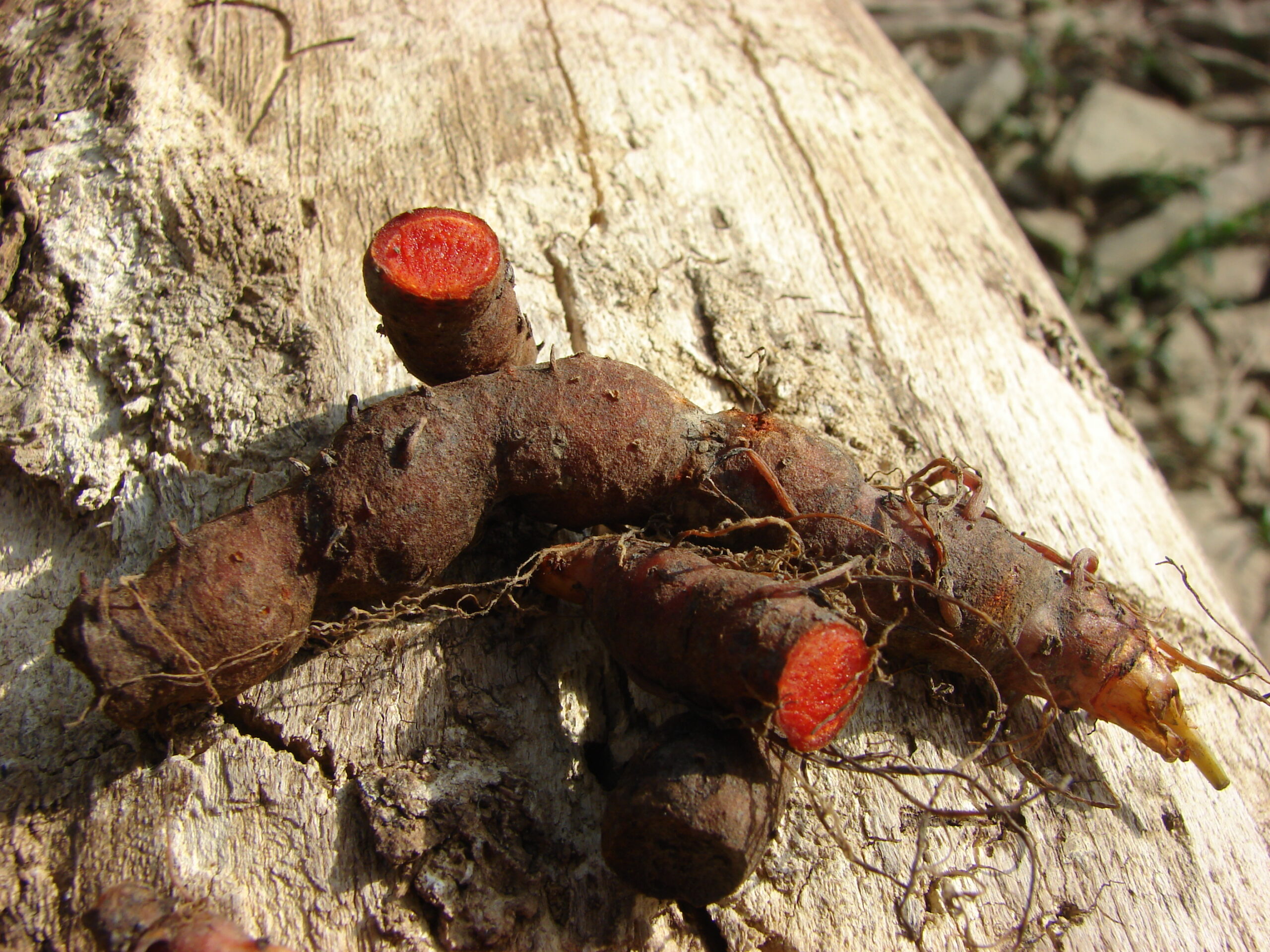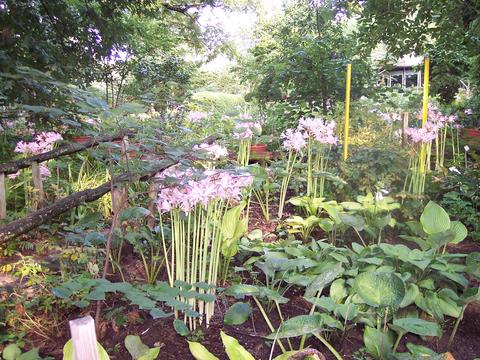 Investigate Woodland Wildflowers
Investigate Woodland Wildflowers
| Weatherly Elementary Woodland Wildflower Garden Click image to enlarge it |
You can create a small woodland wildflower garden in a shady, moist area in your outdoor classroom. Woodland wildflowers and ferns thrive in the shady understory of forests. Many woodland wildflowers bloom early, providing a beautiful pop of color in the early spring and serve as a food source for a variety of animals including pollinators, small mammals, and deer.
| Click on the topics below to learn more! | |||
| Habitat Requirements |
Characteristics of Woodland Wildflowers |
Woodland Wildflowers of Alabama |
Woodland Wildflower Gardens |
| Characteristics of Woodland Wildflowers | ||
| An adaptation is a characteristic that allows an organism to survive in its environment. Woodland wildflowers have several adaptations that help them survive and thrive in thier shady environment. | ||
| Life Cycle: | ||
| Some plants are considered annuals, completing their entire life cycle in in one growing season. Other plants are called perennials. These plants die back at the end of each growing season and resprout each spring. | ||
| In a deciduous forest where trees lose their leaves every fall, there are periods of time during the year that are more shady and periods of time that are less shady. Woodland wildflowers in these forests tend to leaf out and bloom before the trees have developed their leaves. This allows the wildflowers to use the sunlight while it is available to them. Trees tend to take up a great amount of water when they begin developing leaves, leaving the soil more dry in the later parts of the year. By leafing out, blooming, and producing seed early in the season, woodland wildflowers avoid competition with the larger and taller plants for sunlight and water. | ||
| Bloom Time: | ||
| Many plants bloom in response to light levels. However, in deciduous forests with abundant shade, many woodland wildflowers bloom in response to moisture and temperature. | ||
| Pollination: Woodland wildflowers have flowers with pollen and nectar used to attract pollinators, allowing these plants to reproduce. However, some woodland wildflowers bloom early in the spring while many pollinators are inactive. Some of these plants, such as trillium and wild ginger, have flowers that have a musty or stinky smell to attract beetles and flies because they are active early in the spring. |
Wind Ginger Flower
Wikimedia – Fritzflohrreynolds Click image to enlarge it |
|
| Seed Dispersal: | ||
| Many woodland wildflowers such as trilium, bloodroot, and wild ginger rely on ants to distribute or disperse their seeds. The seeds from these plants have a structure attached to the seed called an elaiosome which contains fats and proteins. Ants benefit from this structure as a nutrient source and carry the seeds back to the colony. After the ants have consumed the structure, they dispose of the seeds near the colony. |
Bloodroot Seeds with Elaiosomes
flickr – cotinis Click image to enlarge it |
|
| Plant Structures: | ||
| In a pine forest, shade is continuous because pine trees are evergreen and do not drop their leaves. Woodland wildflowers in these constantly shady areas often have thick, leathery leaves. These thick leaves allow the plant to begin photosynthesis early in the spring and continue until the first frost in the fall or winter. They also help protect plants from dry conditions. | ||
| Many of these plants leaf out early in the spring and complete their activity above ground in a relatively short period of time. However, many woodland wildflowers have underground structures called rhizomes, bulbs, or tubers where they store the sugars produced during photosynthesis. The underground structures of these plants are just as important as the above ground structures. |
Bloodroot Seeds with Elaiosomes
flickr – cotinis Click image to enlarge it |
|
| Woodland Wildflowers of Alabama | |
| Alabama is one of the most biologically diverse states. This means that Alabama has more types of organisms than most other states. The warm climate and geologic diversity in the state allows for a variety of habitat types, including pine forests, hardwood forests, and mixed forests. In the understory of those forests, Alabama is home to a wide variety woodland wildflowers. | |
SOURCES USED FOR THIS PAGE:
 |
 |
|
 |
|
|
 |
|
|

